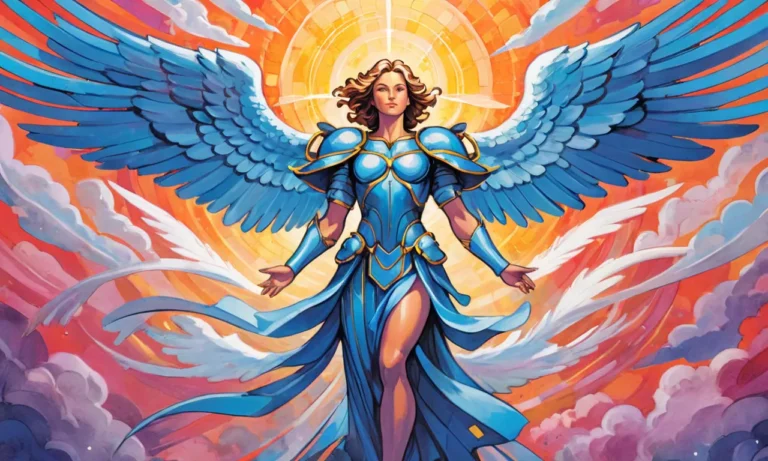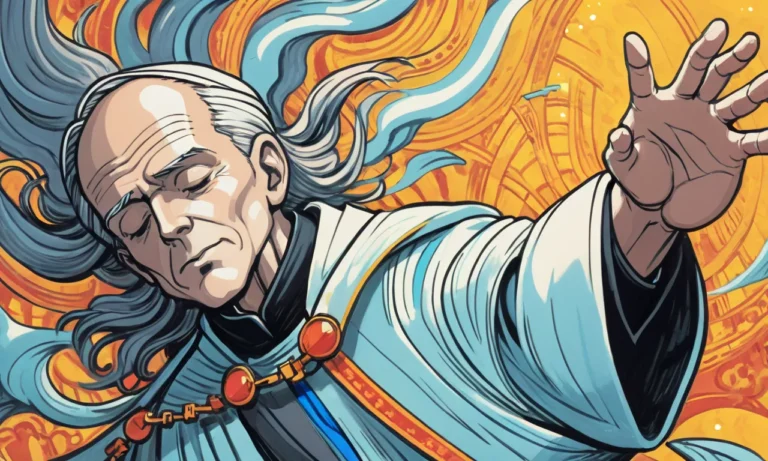Nebuchadnezzar Dream Statue Meaning
Hey there! Let’s dive into the mysterious world of ancient symbols and their meanings. Today we’re going to talk about the Nebuchadnezzar dream statue – a fascinating piece of history that has perplexed scholars for centuries. So, grab your thinking cap and let’s get started!
The Story Behind the Dream Statue
Before we dive into the meaning behind this intriguing statue, let’s first understand its origin story. Nebuchadnezzar II was a powerful king who ruled over Babylon around 600 BCE. According to ancient texts, he had a troubling dream that left him puzzled and distraught. No one could interpret his dream until Daniel, a wise Hebrew man, came along.
Daniel told the king that his dream represented the downfall of four empires: Babylon, Medo-Persia, Greece, and Rome. In the dream, a large statue made of different materials symbolized each empire. The head was made of gold, representing the mighty Babylonians; the chest and arms were of silver for Medo-Persia; its belly and thighs were bronze for the Greek Empire; and finally, iron legs signified Rome.
Now that we know about the dream statue’s significance in history, let’s explore what each part means symbolically.
Gold Head: A Symbol of Might
The gold head on the Nebuchadnezzar dream statue represents the Babylonian Empire. Gold is often associated with wealth, power, and prestige – qualities that defined this ancient kingdom. The fact that the head was made entirely of gold symbolizes Babylon’s dominance during its peak time under King Nebuchadnezzar II.
Silver Chest and Arms: A Time of Stability
The chest and arms of the statue were made of silver, suggesting a period of stability and prosperity. The Medo-Persian Empire took over after Babylon’s fall, bringing about a sense of order and balance. Although not as powerful or influential as its predecessor, this empire played an essential role in shaping history.
Bronze Belly and Thighs: A Time of Conflict and Change
The belly and thighs of the statue were crafted from bronze, symbolizing the Greek Empire that came next. This period was marked by constant conflict and change, as the Greeks sought to expand their influence across territories. Bronze also represents a transition from the previous silver era – much like how the Greeks built upon the foundations laid by earlier civilizations.
Iron Legs: A Time of Struggle and Uncertainty
The iron legs on the dream statue signify Rome’s domination over Europe and Asia for centuries. The use of iron suggests a time of struggle and uncertainty, as this material is known for its strength but also brittleness under pressure. Just like how iron can crack under stress, so too did the Roman Empire eventually fall apart due to internal conflicts and external threats.
Conclusion
So there you have it – an in-depth look at the Nebuchadnezzar dream statue and its meaning. This incredible work of art serves as a reminder that history is filled with lessons we can learn from today. As we continue to navigate through life’s challenges, let us remember that each era has its unique struggles and triumphs.
And there you have it! We hope this article has given you a better understanding of the Nebuchadnezzar dream statue meaning. Remember, history isn’t just about dates and names; it’s also about symbols and their meanings. So keep exploring, my friend! Who knows what fascinating stories await you next?







